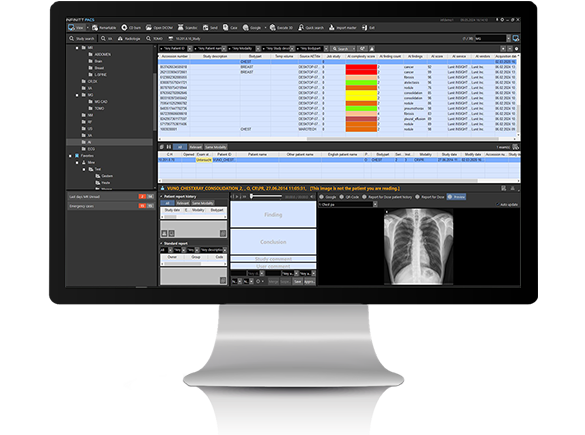The original PACS has gone through about four development phases since its introduction. These were triggered by trends and technological developments in diagnostics.
The first phase was characterized by the first introduction of PACS technology and the general digitalization of radiology processes. In this phase, the first PACS increasingly became the basic tool in diagnostic radiology.
In the second phase, the era of web-based image distribution and the integration of 3D post-processing began.
During the third phase, further imaging departments were integrated into the PACS, which further increased the volume of data and made standardized storage and archiving necessary. In addition, it became important to enable doctors and specialists involved in the treatment process to access patient data from any location in order to realize collaborative care and precision medicine.
In the current fourth phase, new technologies such as AI are becoming increasingly important. They are being integrated into the PACS to incorporate them into radiology workflows. Innovative technologies also support doctors in managing the growing volumes of data.
















